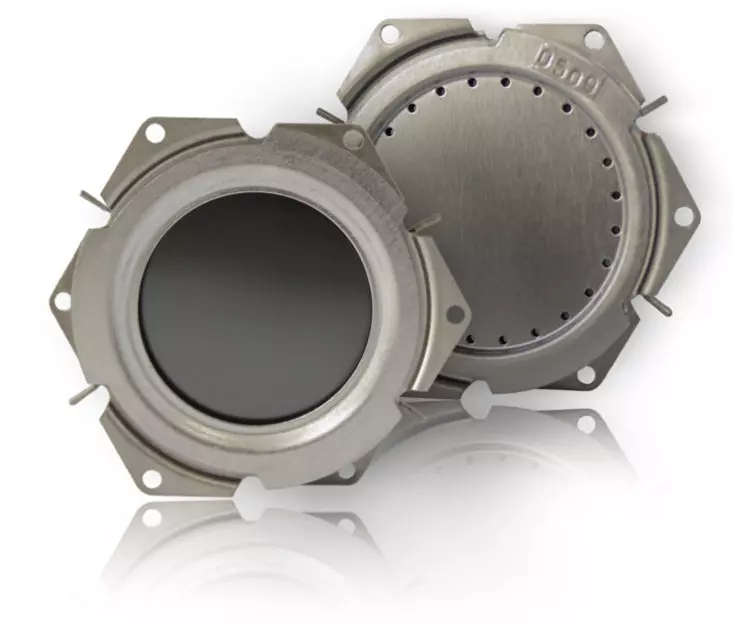
Material Analysis
Microchannel plate detectors offer many advantages (detection speed and accuracy) and are widely used in a variety of applications.
They can be used to characterize materials in both gaseous and solid states.

For these purposes non-destructive and destructive analyses of substances such as determining the physical nature and amount of material in a non-invasive way using active and passive methods (e.g., based on gamma-ray spectroscopy) are used. In this case, imaging and quantification of the materials microstructure on an atomic scale is achieved. Applications of MCP detectors include alloy development in metallurgy (atomic emission method), semiconductor manufacturing (time-of-flight mass spectrometry for parameter measurements), forensic analysis, food analysis, and agricultural monitoring of the germinating ability of various seed cultures.
Application devices:
- Atom probe CT scanners. The main advantage of atom probe tomography over other methods is the ability to simultaneously determine the chemical nature of atoms and their distribution in the sample under study. Atom probe tomography is the next step after transmission electron microscopy, providing clear and easy-to-analyze three-dimensional models of the investigated materials.
- Mass spectrometers for food safety control, agricultural applications (Agilent, Bruker).
- Gas analyzers for determining the concentration of certain components in gas mixtures (Group of companies Lumex, Mettek JSC).
- Helium vacuum leak detectors for impurity detection; leak testing of process equipment and mass production items (Agilent Technologies, CCS Services, Edwards,MKS Instruments, Inc., BLM Synergy).
- Multifunctional static mass spectrometers (Agilent, Bruker). They are applied in metallurgy, gas and oil exploration, and for quality control of food products.
- X-ray photoelectron spectroscopy (ESCA). This method relies upon studying the energy spectrum of electrons ejected from the surface of a solid body under X-ray radiation. This spectrum provides information not only on the atomic composition of the sample, but also on the chemical composition, since the binding energy of the electrons depends on the electronegativity of the environment of the atoms under study. This method is used, for example, to analyze various polymers as well as alloys used in the oil and gas industry.